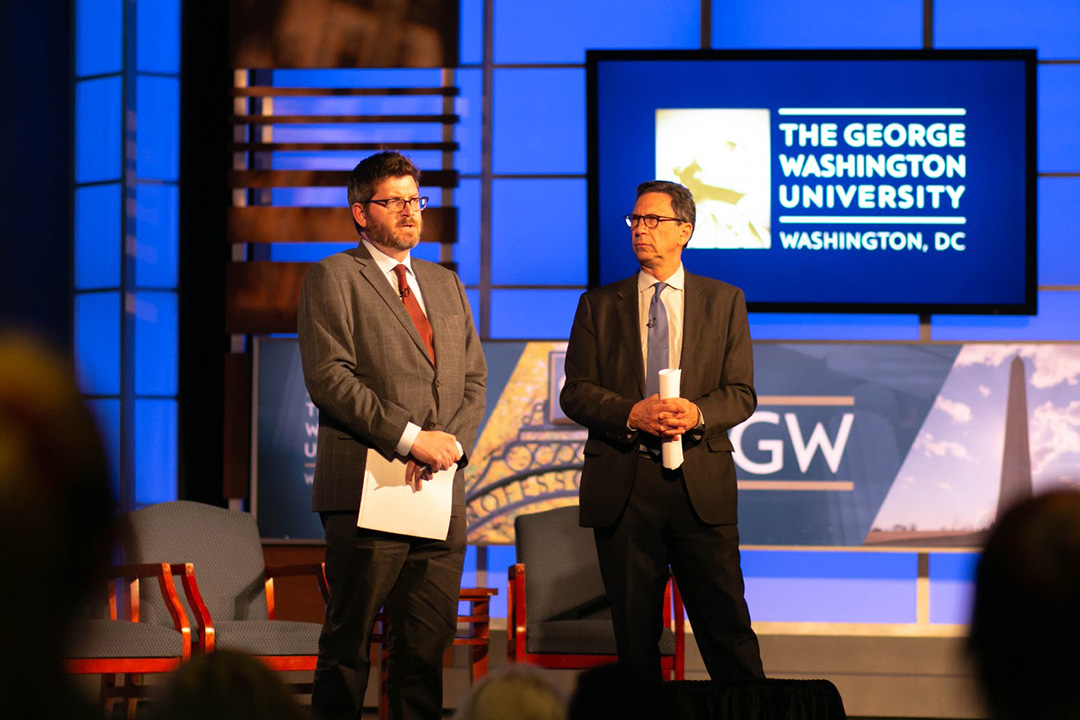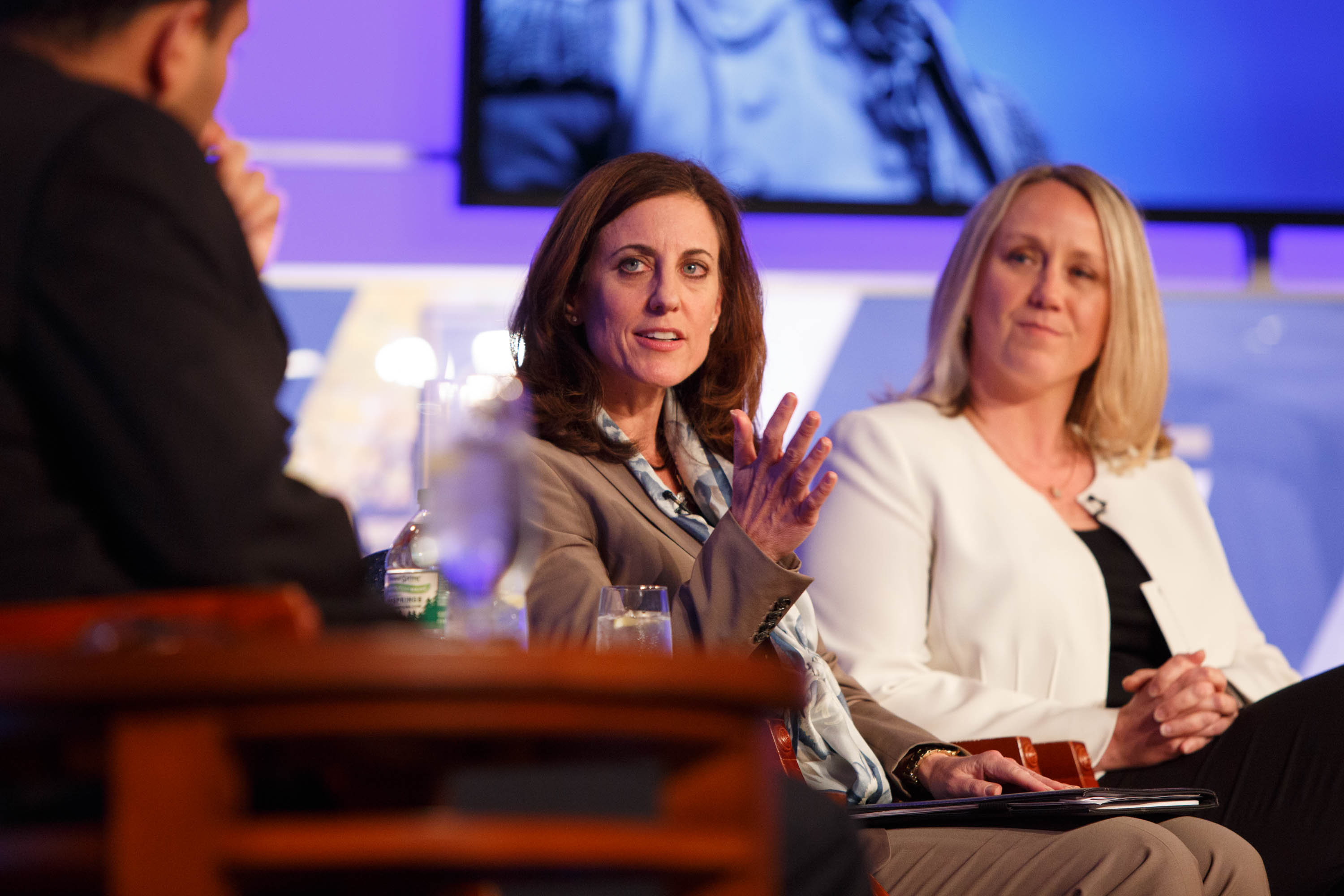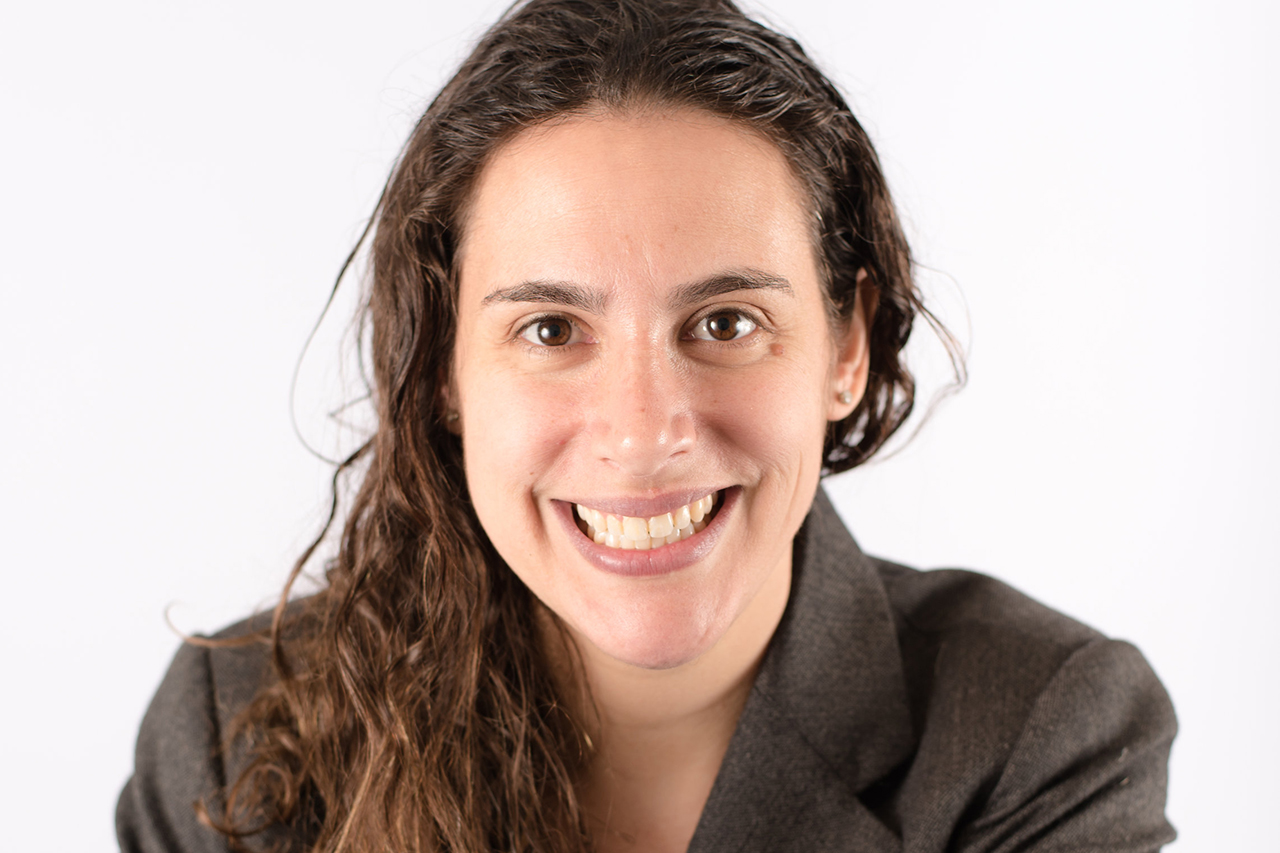By B.L. Wilson
A new survey on journalism from the Pew Research Center found that consumers of local news rate the job done by local media higher when they view local journalists as connected to their community.
According to the survey, respondents who said journalists “are in touch” with the area are more likely by 31 percentage points to say local media does a good job being fair in coverage.
The release of the study on Tuesday coincided with a conversation on building bridges between the American people and journalism organized by the George Washington University’s School of Media and Public Affairs.
The event, put on in partnership with the White House Correspondents’ Association and in association with Pew Research Center, is part of the programming for Norman Rockwell’s “Four Freedoms” exhibition at the George Washington University Museum and The Textile Museum.
This program, on press freedoms, on Wednesday evening explored the question: “Should the News Take Sides?”
“Local news really is the bedrock of journalism. It’s where people connect with their journalists. Those are their neighbors. They’re covering things that affect their lives,” said SMPA Director Frank Sesno. “And that’s what makes it real.”
But it is unclear whether the connections and trust between journalists and the local areas they cover can be extrapolated to apply to journalists who cover national issues such as politics.
“They are very different kinds of journalists and very different kinds of connections with audiences,” Mr. Sesno said.
Sirius XM Chief Washington Correspondent Olivier Knox, president of the White House Correspondents’ Association and an SMPA Terker Fellow, joined Mr. Sesno at the Jack Morton Auditorium in moderating a panel discussion with experts on politics and journalism.
Mr. Knox said that White House briefings would benefit from coverage that is driven by journalists connected to the audience who take into account “what do they want to hear, what do they want to know. It has an effect on the quality and quantity of questions being asked,” he said.
The discussion began with a review of the Pew Research Center survey of nearly 35,000 adults in 99 local areas across the United States with Amy Mitchell, the center’s director of journalism research and lead author of the report.
‘The big shift is that digital is present,” she said, “But (the local TV audience) has not migrated to the digital landscape to consume that information the way most [newspapers and radio] are seeing a significant portion of their audience getting news online,” she said.
It turns out journalists are still important to that audience, she said, if they are in touch with the community.
“You can see people put a really high premium on a sense of connection, understanding the community, understanding the history of the community, engaging at a personal level with the community,” she said.
Some key findings from the survey:
- 41 percent surveyed prefer to get local news from TV; 37 percent use online services, while 13 percent and 8 percent turn to newspapers and radio
- 71 percent think local news outlets do a good job in reporting the news accurately
- 21 percent have ever spoken to a journalist
- 14 percent directly paid for a local news source
The most disconcerting finding of the study for panelist Paul Huntsman, publisher and owner of The Salt Lake Tribune, was that a majority of people in the survey—71 percent—think that local news media are doing well financially.
The reality, he said, is that the top seven publicly-owned news outlets suffered a loss in the fourth quarter, normally the most lucrative and profitable period for newspapers.
“We’re in a very important transformative time in local journalism. What are local newspapers going to do to sustain themselves long term?” he said.
On the question of the evening, whether journalists should take sides, 67 percent of the people surveyed were opposed to journalists expressing their views, a position more strongly held by Republicans (71%) than Democrats (54%).
Panelists concurred that viewers and readers increasingly complain about not being able to distinguish between factual news reporting and opinions, which was partly attributed to the shift to digital and growth of cable news.
Working at the national level as journalists can undermine the trust of and connection to audiences, according to Anita Kumar, White House correspondent and associate editor for Politico. “When I worked for local news, people knew me in a way they don’t know me now,” she said.
Frank Fahrenkopf, co-chair of the Commission on Presidential Debates, said that local news “is so important when you are outside of the journalistic bubbles you have on both sides of the country.”
He said monitors of viewer response to presidential debates in the absence of commentary from broadcast and cable network pundits has found an “amazing difference” between those viewers and network pundits about who won the debate.
“There is no distinction anymore as to what is fact and what is opinion and who is doing it,” he said.
As a consequence, said Janet Brown, the executive director of the Commission on Presidential Debates, the commission takes care to select moderators who “have shown a very firm commitment that ideally the moderator should be nothing but a facilitator and lets the focus be on the candidates….”




